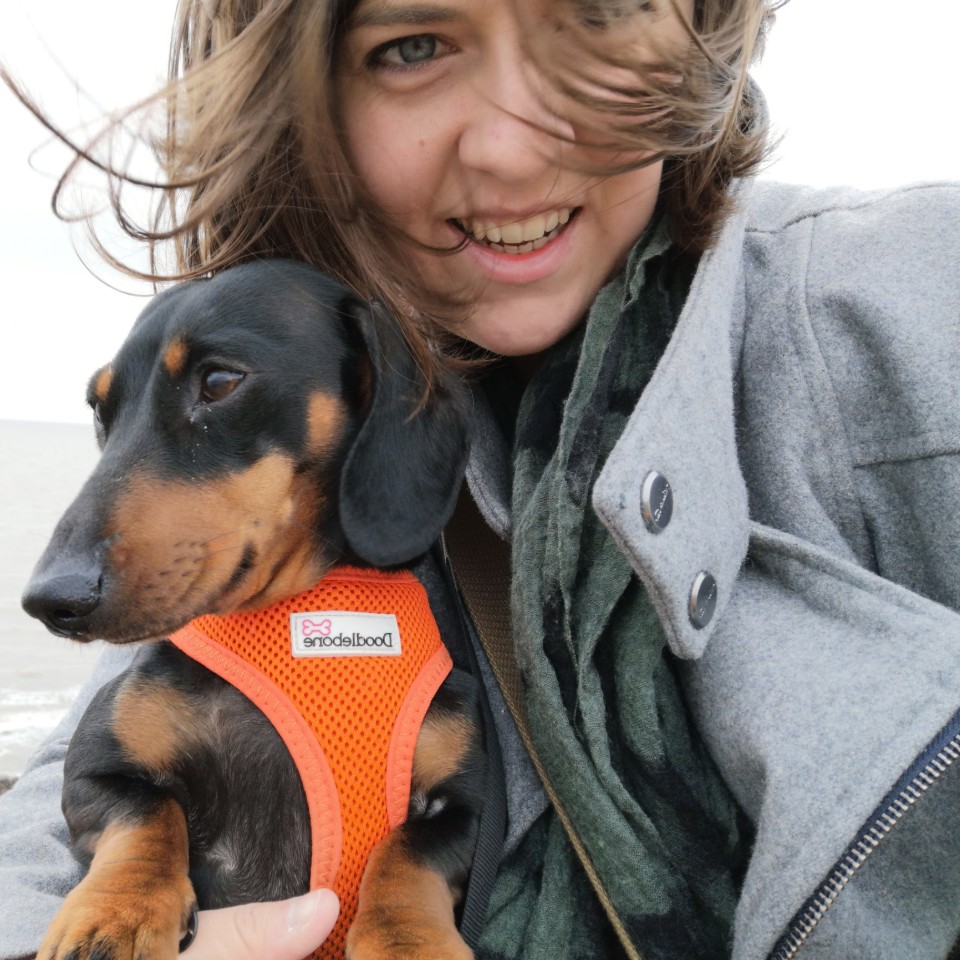Can you use human clippers on dogs?
Curious as to whether you can use human clippers on dogs? Here’s everything you need to know to groom at home
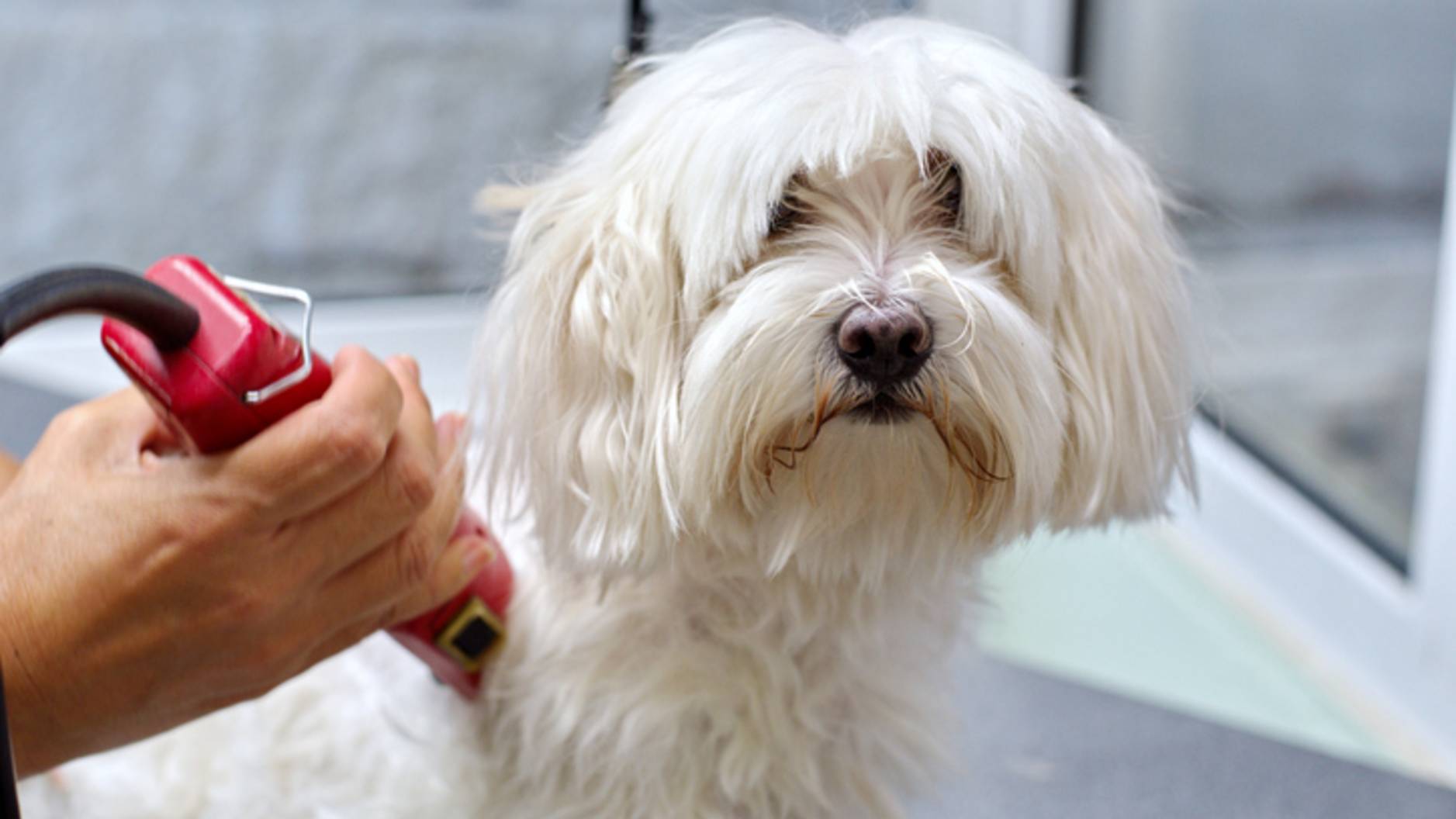
Is it safe to use human clippers on dogs? It’s a question you may have found yourself asking if your canine companion’s coat is in need of a trim and you haven’t had time to invest in one of the best dog grooming kits.
While it may seem like a sensible idea to save money and groom your pup at home using your own hair clippers, it’s important you do not use human clippers on your dog. Although they look similar, they’re actually designed very differently, and using them could lead you to accidentally cause your dog more harm than good.
The blades on dog hair clippers have different teeth lengths and spacings and are much sharper than the finer and shorter blades found on human hair clippers. Because of this, human hair clippers can end up pulling a dog’s fur rather than cutting it, which can be a painful experience.
There’s also the issue of heat, with human hair clippers designed to be used for a much shorter period of time than dog hair clippers. Manufactured differently to prevent overheating, dog hair clippers are built to be able to run for an extended time so that you can safely clip all of that dense and thick hair.
We spoke to Dr. Joanna Woodnutt to get her take on using human clippers on dogs. Check out our guide to the best dog nail clippers or read on to find out everything you need to know to make that home grooming experience a safe one.

Dr Joanna Woodnutt qualified as a veterinarian from the University of Nottingham where she then went on to practice companion animal medicine in the Midlands. She really took to the consulting side of things and helping clients with medical problems such as dermatology, behaviour and nutrition - anything that involved helping clients understand their pets better.
What is the difference between human hair and dog hair?
Hair and fur are all the same thing, right? If you’ve already got a set of hair clippers at home, it might seem like a perfectly sensible thing to do to use them for your furry friend’s coat, too. But Woodnutt advises against using your own clippers on your dog.
"Dog hair is generally thicker and coarser than human hair," she explains. In many dogs, an ‘undercoat’ of fur is also present, something we don’t get in humans! This undercoat can pose a real problem for clippers that aren’t designed for the job. "
Some dogs do have coats which are similar to human hair. Known as a single coat, dogs with this type of fur don’t have an undercoat and only have an outer coat, which tends to be fine and not too far removed from human-like hair. Lots of dogs have this type of fur, including Greyhounds, Dalmatians, Poodles, Afghan Hounds and much more - if you’re not sure, try a search online with your specific breed, or ask a vet or a groomer.
Plenty of dogs however have what’s known as a double coat. No human has hair like this, so you’ll definitely need a dedicated set of pet clippers to tackle breeds who have this. A double coat means that the dog has an outer coarse outer coat, and a softer, thicker undercoat as well. Some example of breeds with double coats include the Chow Chow, Pomeranian, Shiba Inu and the Siberian Husky.
Regardless of the type of coat your canine companion has, it's going to vary to some degree in thickness and density to human hair and because of that, we recommend you always use a good pair of dog hair clippers when grooming your pup.
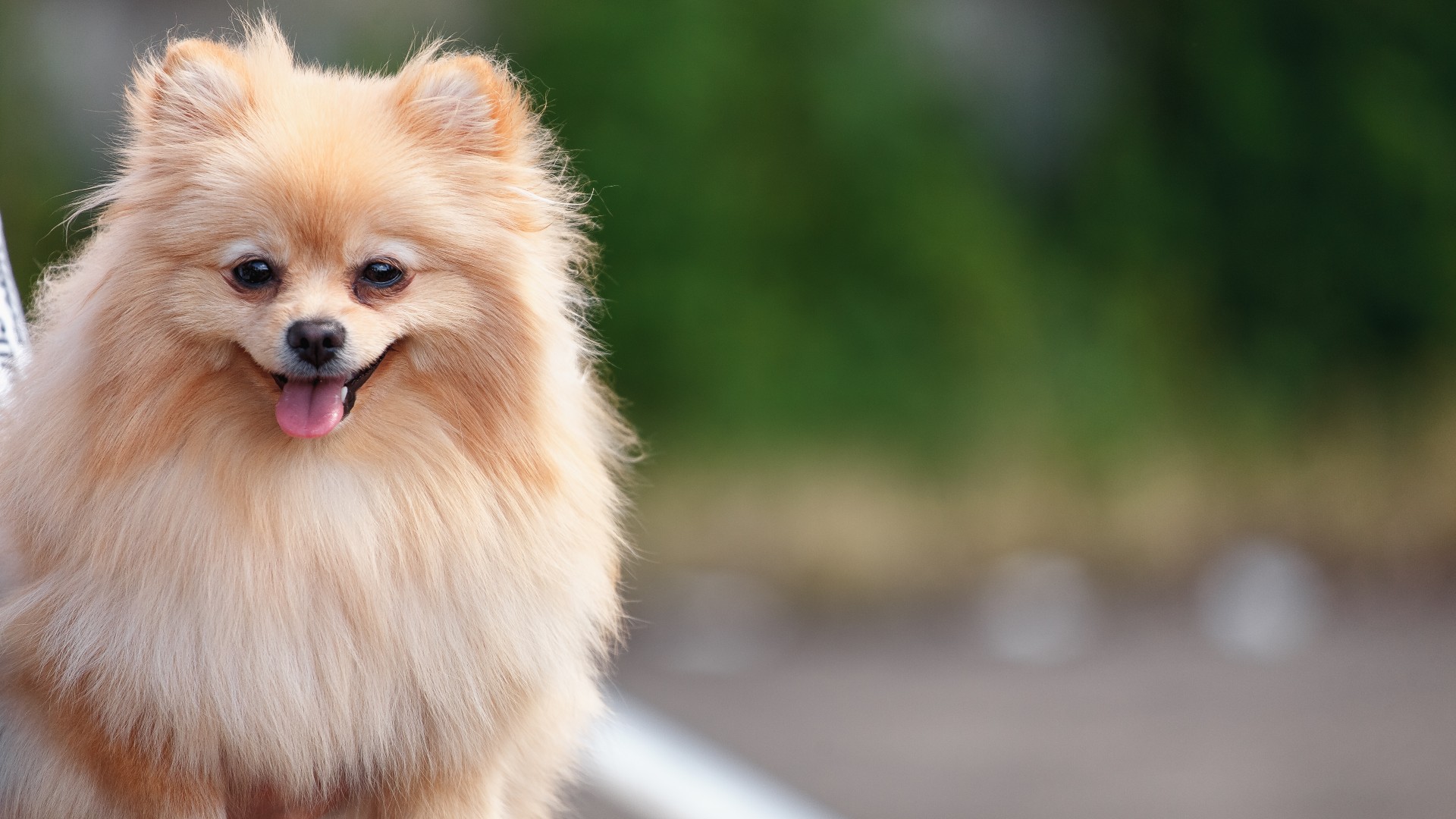
What are the main differences between dog hair clippers and human clippers?
There are quite a few fundamental differences between dog clippers and human clippers, even if the differences aren’t quite so obvious from the outside.
"Dog hair clippers are generally more robust than human hair clippers, as they’re designed to go through thicker fur and the deeper layers," explains Woodnutt. "Human hair clippers generally opt for a closer shave than dog hair clippers too, meaning that you may need attachments to get a longer clip. Remember, dog skin is much thinner than human skin and can tear during clipping, especially if you shave too close on a wiggly animal!"
Clippers which have been designed with dogs in mind also use less powerful motors which are gentler and quieter, since dogs can understandably quite nervous around strong vibrations and loud noises. Since the motor is less powerful, it also means that dog clippers can last longer from a single charge, without the risk of overheating. Most human clippers are designed to be used for much shorter lengths of time, since it doesn’t take as long to sort out a human’s head of hair than an entire dog’s body.
Most dog clippers are also cordless, which can come in handy when trying to deal with an awkward or wriggly dog, whereas it’s a lot more common for human clippers to be corded (especially those with a more powerful motor).
Finally, and perhaps most importantly, there’s a big difference in blades. Human clippers use smaller, finer blades that cut closer to the skin, while dog clippers use thicker, longer blades which are designed to move through coarser hair and don’t get so close to the skin. Combs or attachments that fit over the clipper blades tend to allow for a much closer / shorter cut with human hair compared to what is likely to be more appropriate or desirable for a dog’s fur.
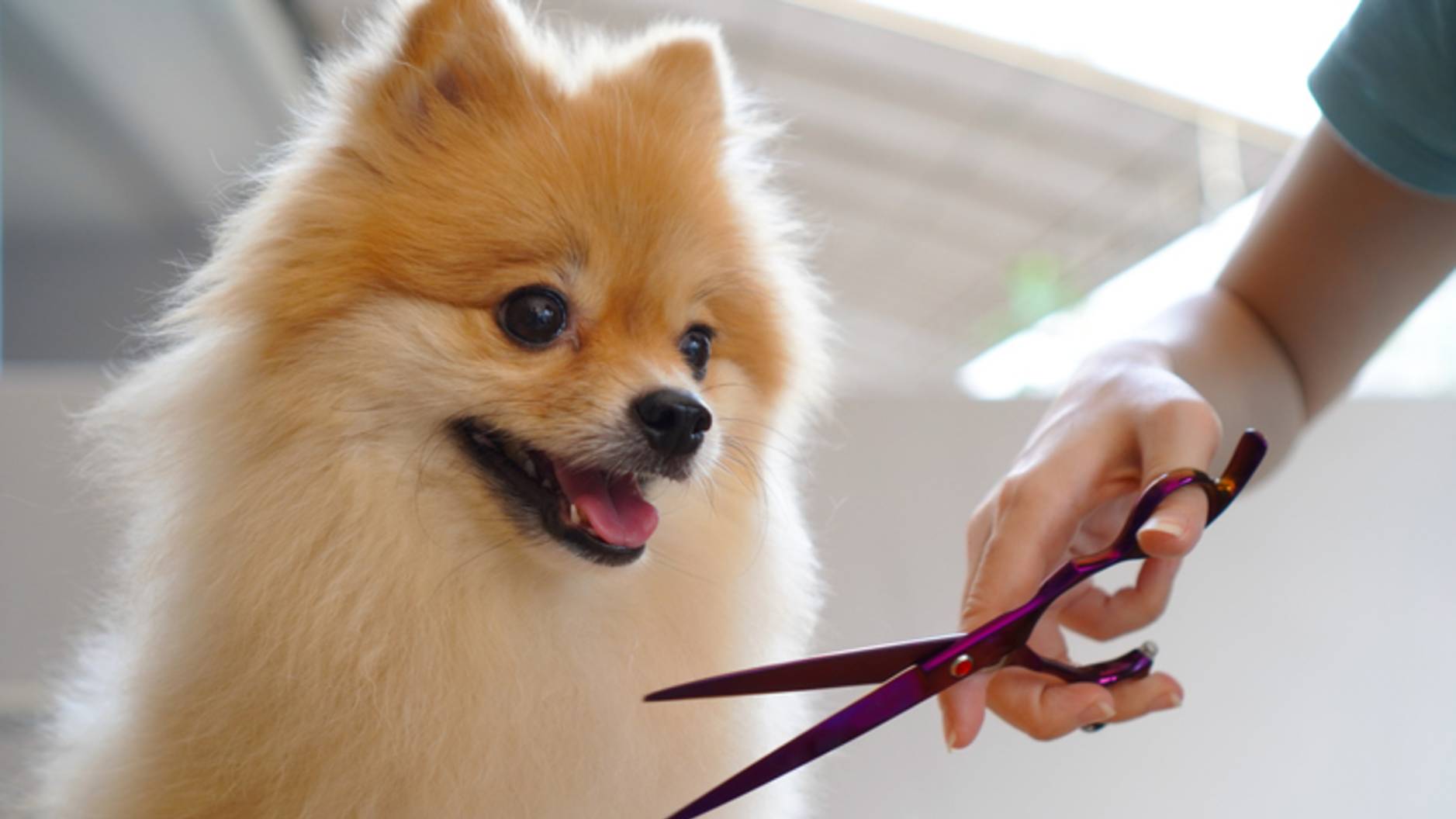
Is it safe to cut dog hair with human clippers?
Generally speaking, Woodnutt says it’s best if you use dog clippers to groom your pooch. "Having said that you can use human hair clippers on a dog if you only need them very occasionally for a light job – for instance, to painlessly remove stubborn burrs in your dog’s tail, ears, or ‘trousers’. If you’re going to be regularly grooming your dog at home, it’s sensible to invest in dog hair clippers – they’ll last longer, be easier to use, be less noisy, and be less painful for your dog."
When using human clippers, you should be as gentle as possible, and stop should the dog be showing any signs of distress. If possible, use the clippers on the lowest possible setting and take plenty of breaks.
Human clippers may make the job more difficult than is necessary, so it’s not only good for your pet that you invest in a dedicated pair, but it’s likely to cause less stress for you too.
Can you use human nail clippers on dogs?
In comparison to human nails, you'll find that a dog's talons are typically extra thick and difficult to clip through. With this in mind, it's not advisable to use human nail clippers on your dog as dog nail clippers are specifically designed to cut through safely and efficiently. Many dog nail clippers feature safety mechanisms such as a guard or stop mechanism which looks to prevent your dog's nail from bleeding.
One exception is puppies: you can use human nail clippers on young puppies' nails if you feel confident, but it won't be long until they're too thick to cut without the right tool for the job.
It's always best to seek out a good quality pair of dog nail clippers that will last the extra mile and perform a quick and painless task every time, saving both money and risk down the line.
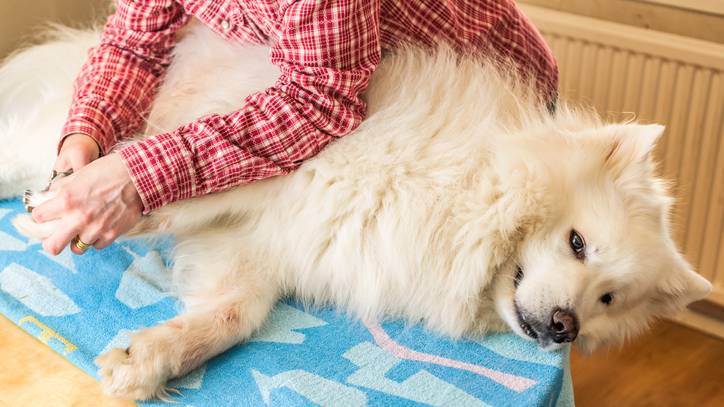
What kind of clippers can I use on my dog?
Buying your own set of dog clippers is the practical solution, and it needn’t be a huge expense - especially in comparison to multiple trips to the groomers.
There are several types of dog hair clippers on the market, but as a good rule of thumb, you should be looking for cordless clippers that offer quiet / low vibrations and if possible offer other useful extras such as variable speeds and the ability to cut to different coat lengths.
For dog nail clippers, you'll want to think of size, style, longevity, comfort and you may also consider whether dog nail clippers or grinders are better for you and your pet.
Sometimes it's worth spending a little extra for a high-quality clipper as inexpensive dog nail clippers are prone to becoming dull quicker, saving you money in the long run.
Enjoyed this piece and looking for more great tools to add to your dog's grooming kit? Then be sure to check out our guide to the best dog brushes.
PetsRadar Newsletter
Get the best advice, tips and top tech for your beloved Pets
Amy Davies is a freelance writer and photographer with over 15 years experience. She has a degree in journalism from Cardiff University and has written about a huge variety of topics over the years. These days she mostly specialises in technology and pets, writing across a number of different titles including TechRadar, Stuff, Expert Reviews, T3, Digital Camera World, and of course PetsRadar. She lives in Cardiff with her dog, Lola, a rescue miniature dachshund.
